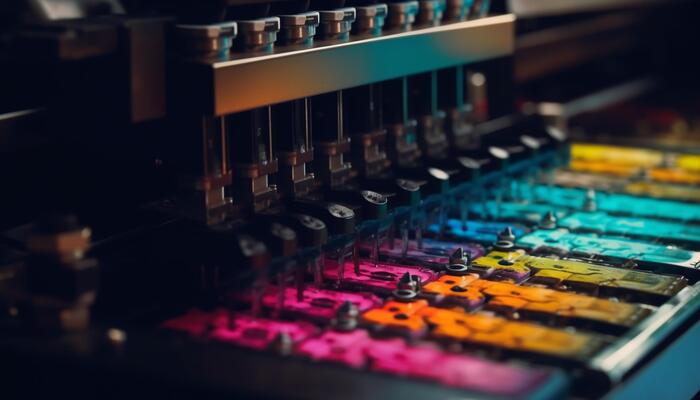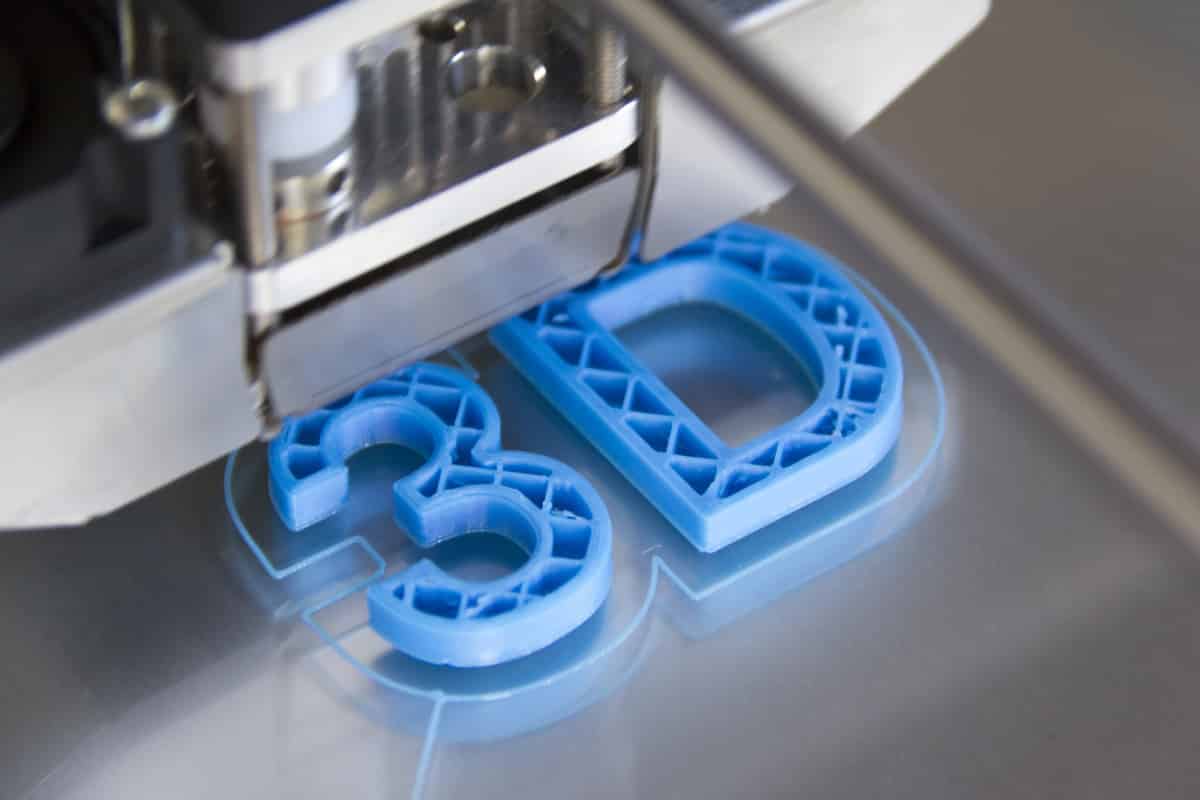In today’s digital age, managing print job access control is essential for any business. The security of printed documents is as crucial as the security of digital files. With the increasing number of data breaches, organizations need to ensure that only authorized personnel can access sensitive documents. Print job access control provides a way to protect printed materials, ensuring that they remain confidential and secure.

Understanding the Importance of Print Job Access Control
The ability to control who can print, when they can print, and what they can print is a significant aspect of maintaining security. Without effective print job access control, companies risk unauthorized access that could lead to information leaks or misuse. This control is especially critical in industries dealing with sensitive information such as finance, healthcare, and law.
How Print Job Access Control Works
Print job access control works by allowing businesses to set permissions for printing. This process typically involves authenticating users before they can release print jobs. Often integrated with existing IT systems, these solutions can track who printed what and when, offering an essential audit trail that aids in compliance and security.
Authentication Methods
The most common authentication methods include login credentials, ID badges, or even biometric scans. By using these methods, businesses can ensure that only authorized users can send documents to print. This step is crucial in preventing unauthorized access or accidental printing of confidential information.
User Permissions and Restrictions
User permissions allow businesses to set specific restrictions based on the user’s role. For example, some users might be permitted to print only certain types of documents or be restricted to printing during specific times. These limitations help manage resource usage and ensure that sensitive documents are not printed without proper authorization.
Benefits of Implementing Print Job Access Control
The benefits of implementing print job access control are numerous and can significantly impact a businesss operations in a positive way.
Enhanced Security
The most apparent benefit is enhanced security for sensitive documents. By controlling who has access to printers and what they can print, businesses can prevent unauthorized access and data breaches. This control becomes even more critical in sectors like healthcare, where patient confidentiality is paramount.
Cost Reduction
By implementing print job access control, organizations can reduce unnecessary printing, which in turn reduces paper and ink costs. This reduction in waste not only saves money but also contributes to environmental sustainability.
Improved Compliance
Many industries have regulations regarding the handling and dissemination of information, such as HIPAA for healthcare or GDPR in the EU. Print job access control helps businesses comply with these regulations by providing an auditable trail of document access and printing.
Efficiency Boost
With print job access control, print queues can become more efficient. By prioritizing and managing print jobs, companies can ensure that critical documents are printed in a timely fashion while less critical print jobs do not clog the printer queue.
For more on how IoT is revolutionizing different business processes, explore how AI IoT in Printing is being implemented.
Best Practices for Implementing Print Job Access Control
Implementing print job access control effectively requires adhering to certain best practices to maximize its benefits.
Conduct a Print Audit
Before implementing a solution, conduct a print audit to understand current printing habits and identify areas that require control. This audit will provide insight into who is printing, what they are printing, and any weaknesses within the current system.
Choose the Right Solution
Choose a print job access control solution that integrates well with existing IT infrastructure. This integration will facilitate a smoother transition and help reduce potential implementation challenges.
Employee Training
Employee training is critical to ensure that everyone understands how to use new systems effectively. Training should focus on security best practices and how to utilize print job access control systems appropriately.
To delve deeper into related topics, see how IoT impacts manufacturing and what that means for security.
Challenges in Print Job Access Control
While print job access control offers multiple advantages, implementing it poses certain challenges.
Technical Challenges
Implementing a comprehensive control system can be technically challenging, requiring new hardware, software integration, and employee buy-in. It is critical to have a strong IT team to manage these challenges.
User Resistance
Change can often lead to resistance. Employees accustomed to a less restrictive printing environment might resist new restrictions. Clear communication about the benefits and necessity of such systems can help mitigate resistance.
The Future of Print Job Access Control
The future looks promising for print job access control as organizations continue to focus on strengthening security measures.
Integration with IoT
As the Internet of Things (IoT) continues to expand, more printing solutions will integrate with IoT devices to offer better monitoring and control. This integration will further enhance security and efficiency.
Advancements in AI
AI advancements are likely to improve the ability of print job access control systems to identify security risks proactively and manage them in real-time.
Conclusion
The importance of print job access control cannot be overstated. It not only secures printing resources but also enhances compliance and reduces costs. Though challenges exist, the benefits make it a worthwhile investment for any company looking to secure its document handling processes.

FAQs
Why is print job access control necessary?
It’s necessary for maintaining security, compliance, and reducing costs by preventing unauthorized access and waste.
How does print job access control improve security?
By authenticating users before they can print, ensuring that only authorized personnel can access specific documents.
What challenges can arise from implementing print job access control?
Challenges include technical integration difficulties and potential resistance from users accustomed to less restrictive environments.
This article contains affiliate links. We may earn a commission at no extra cost to you.







